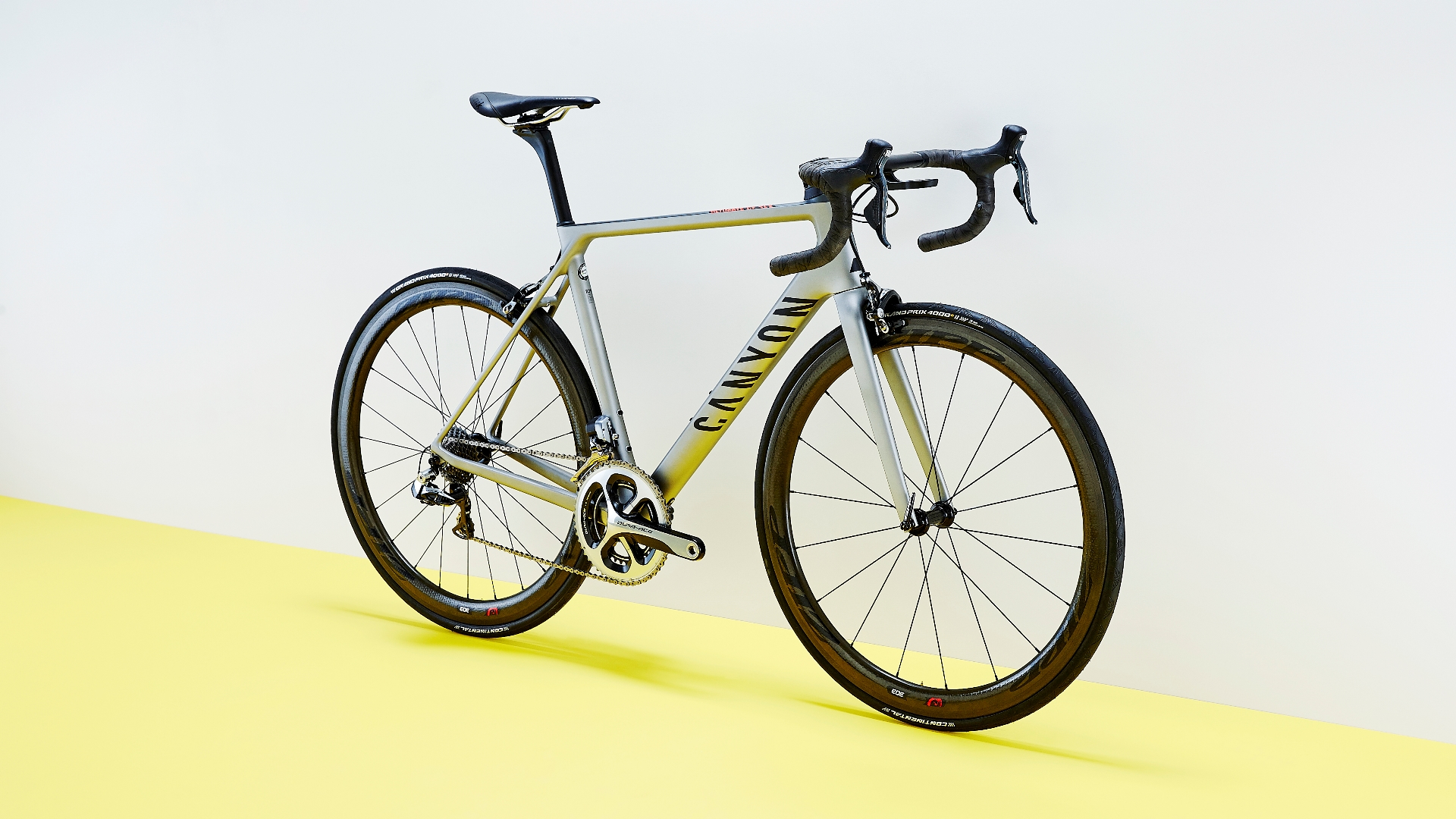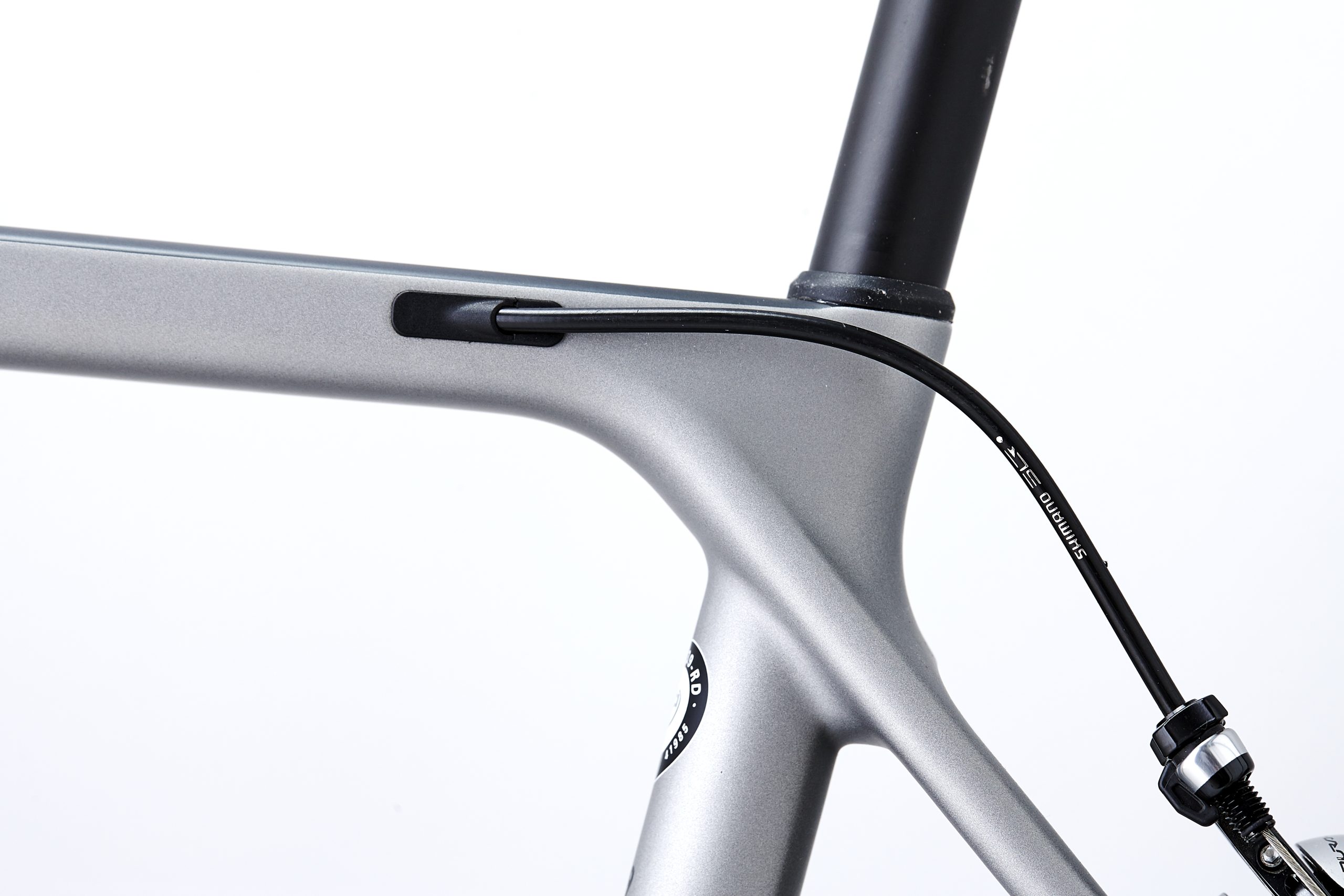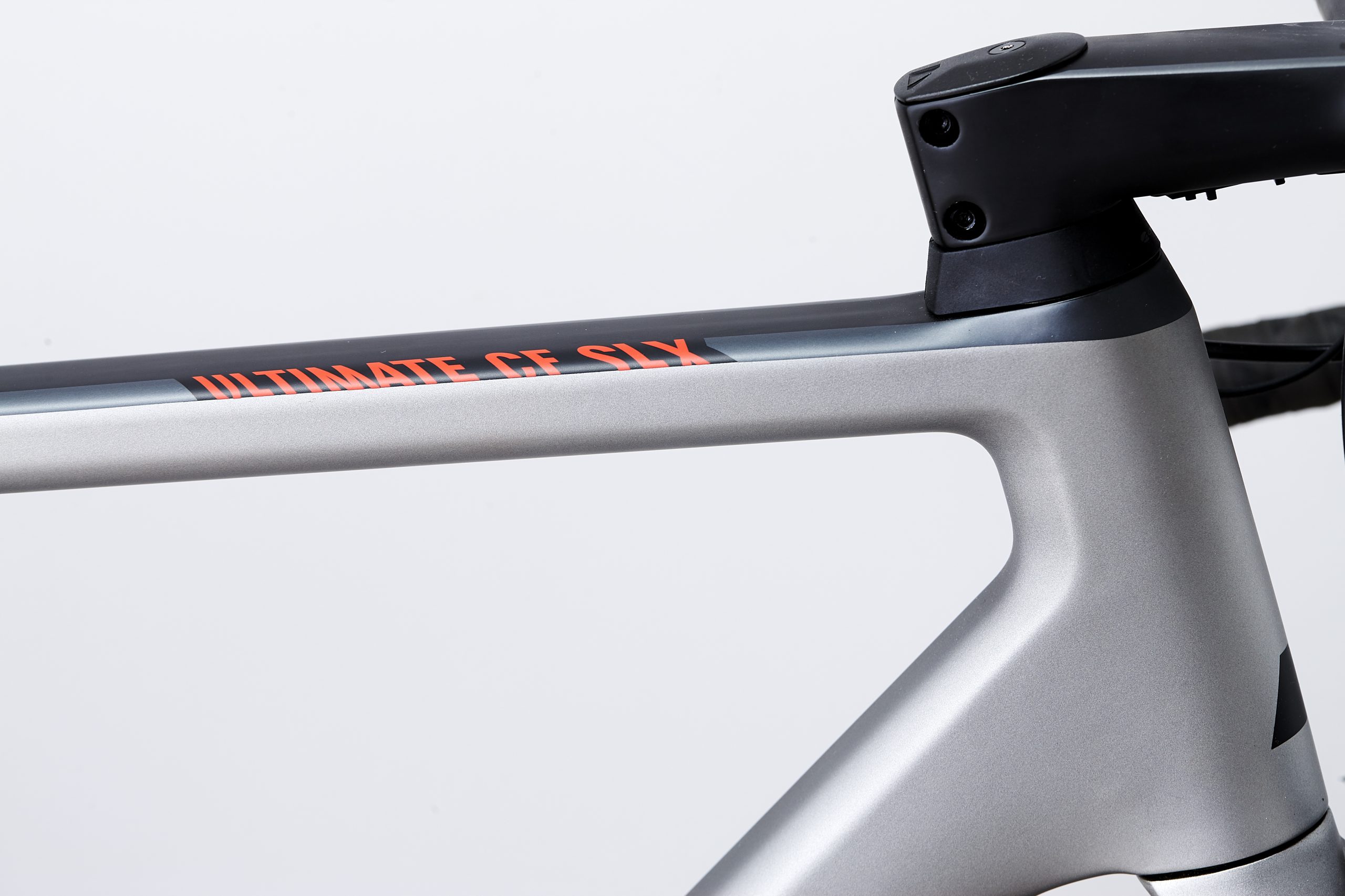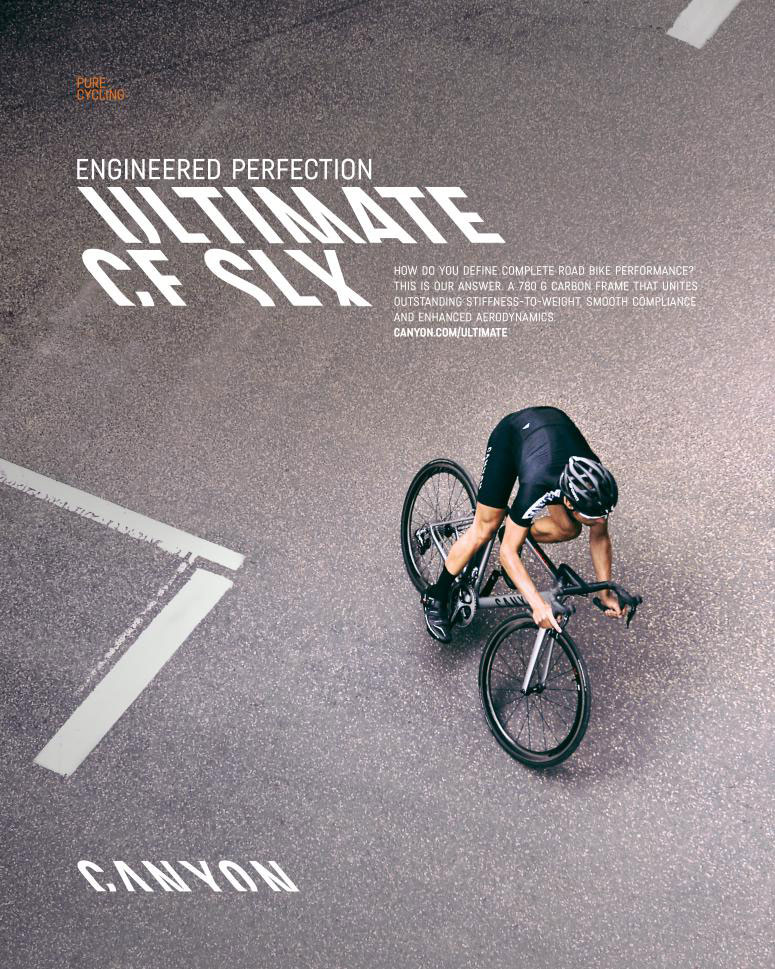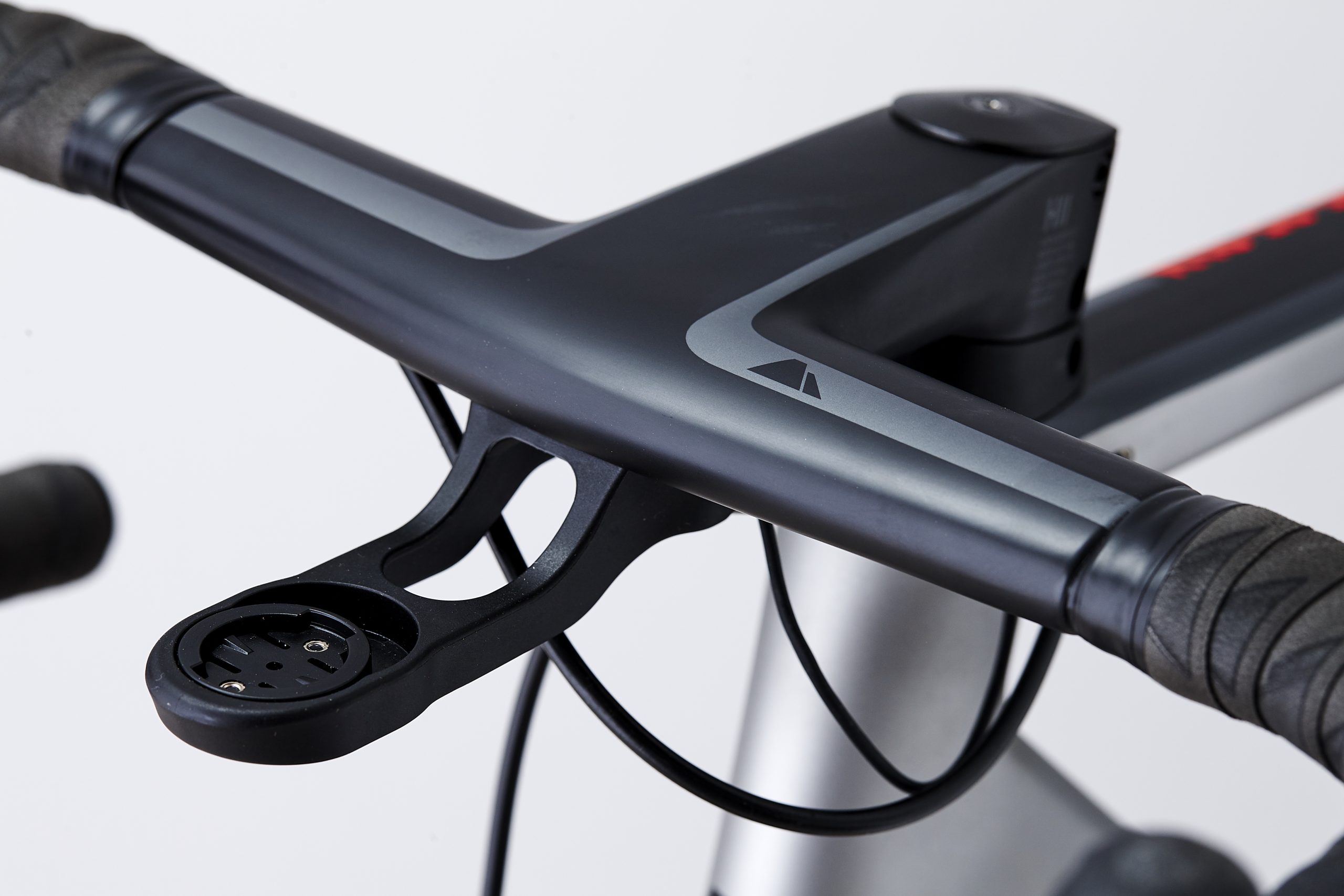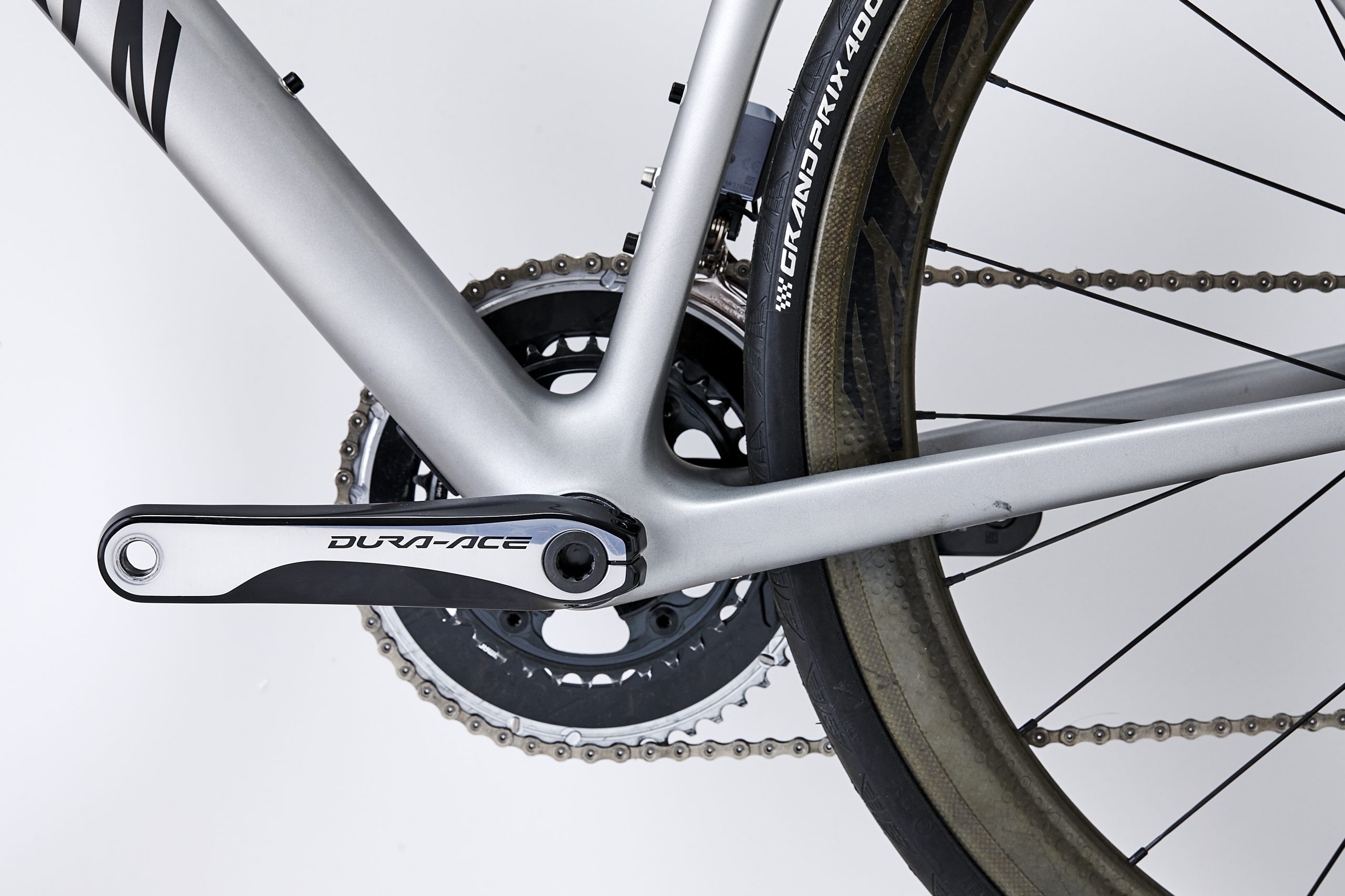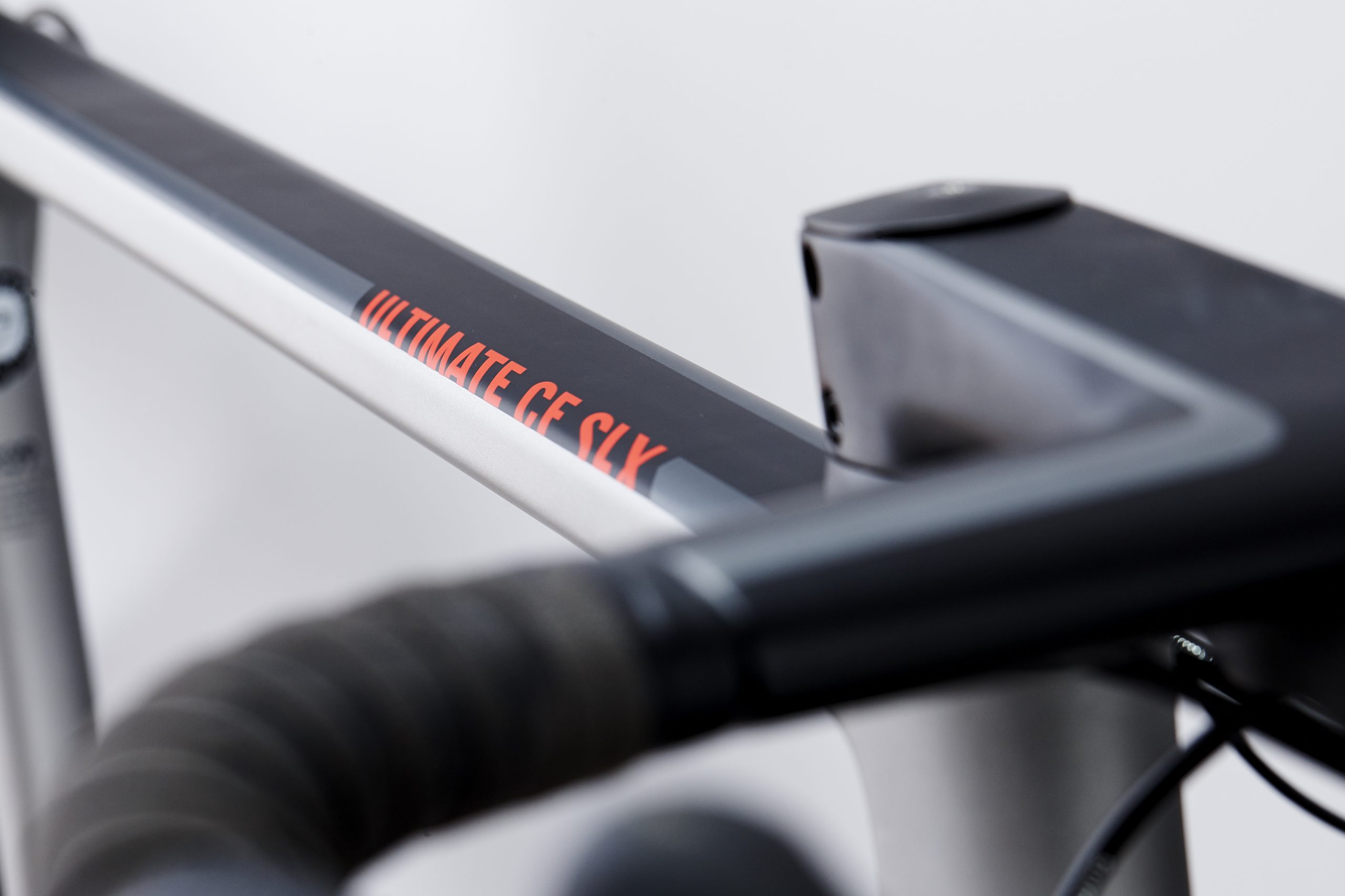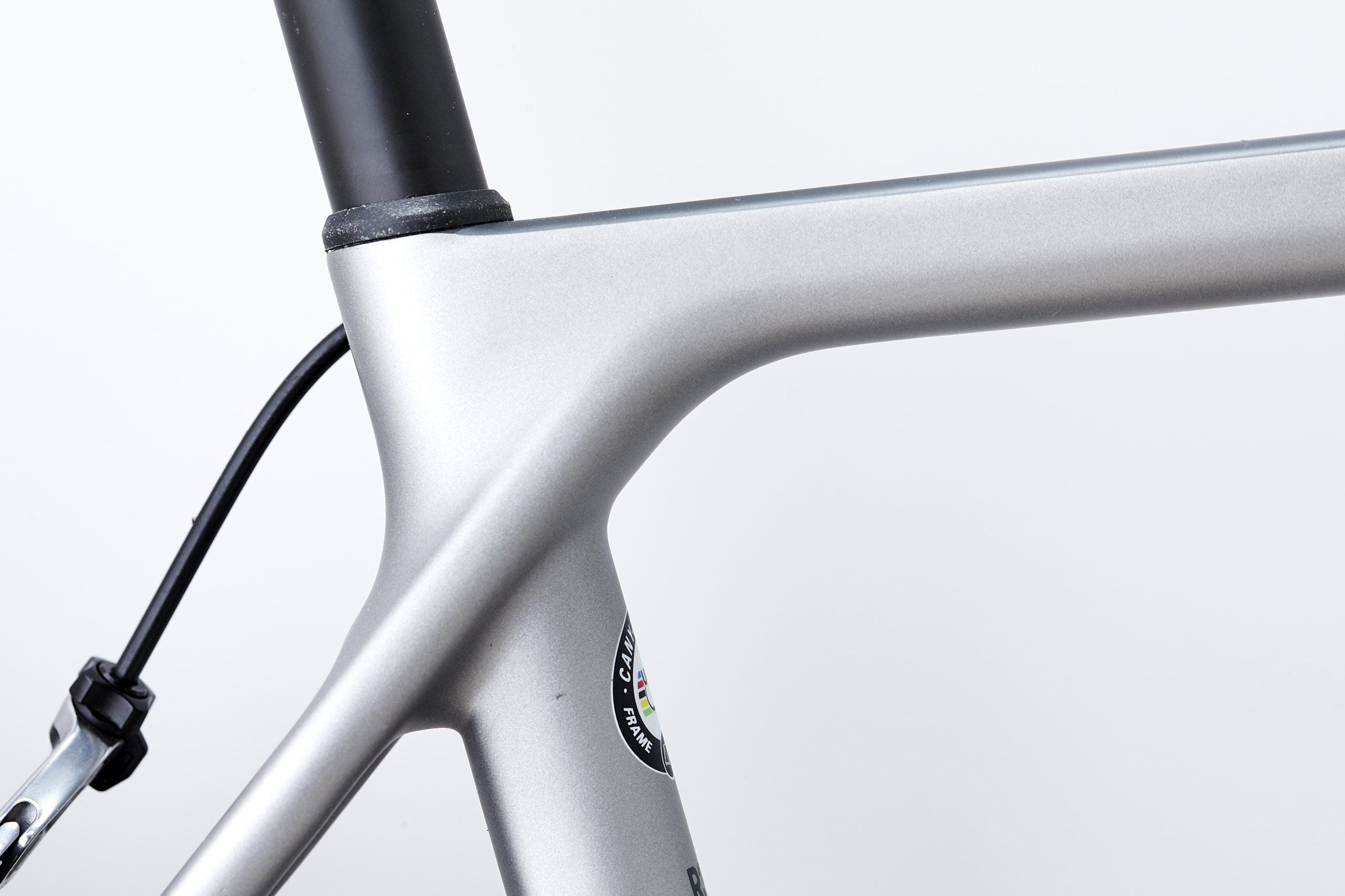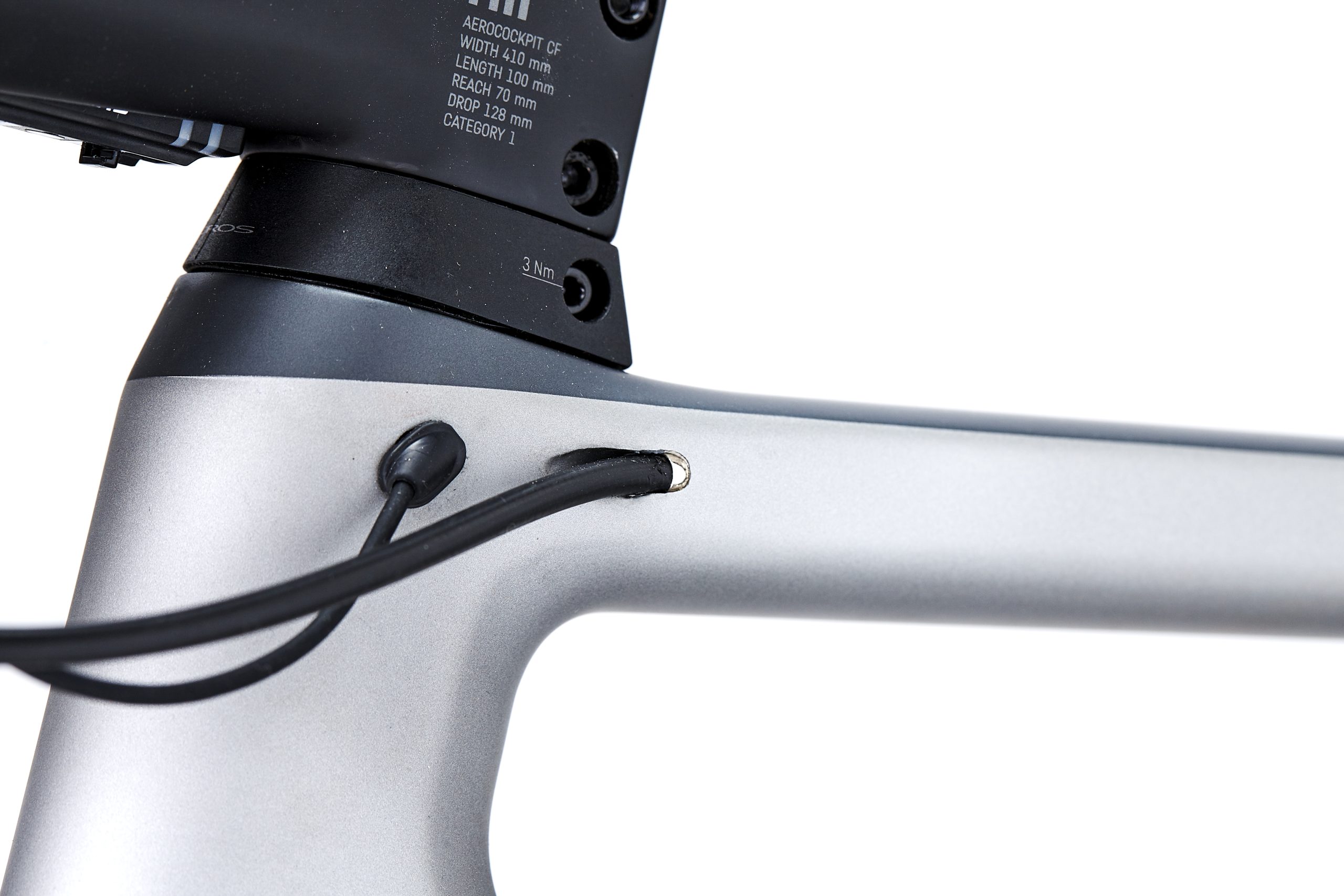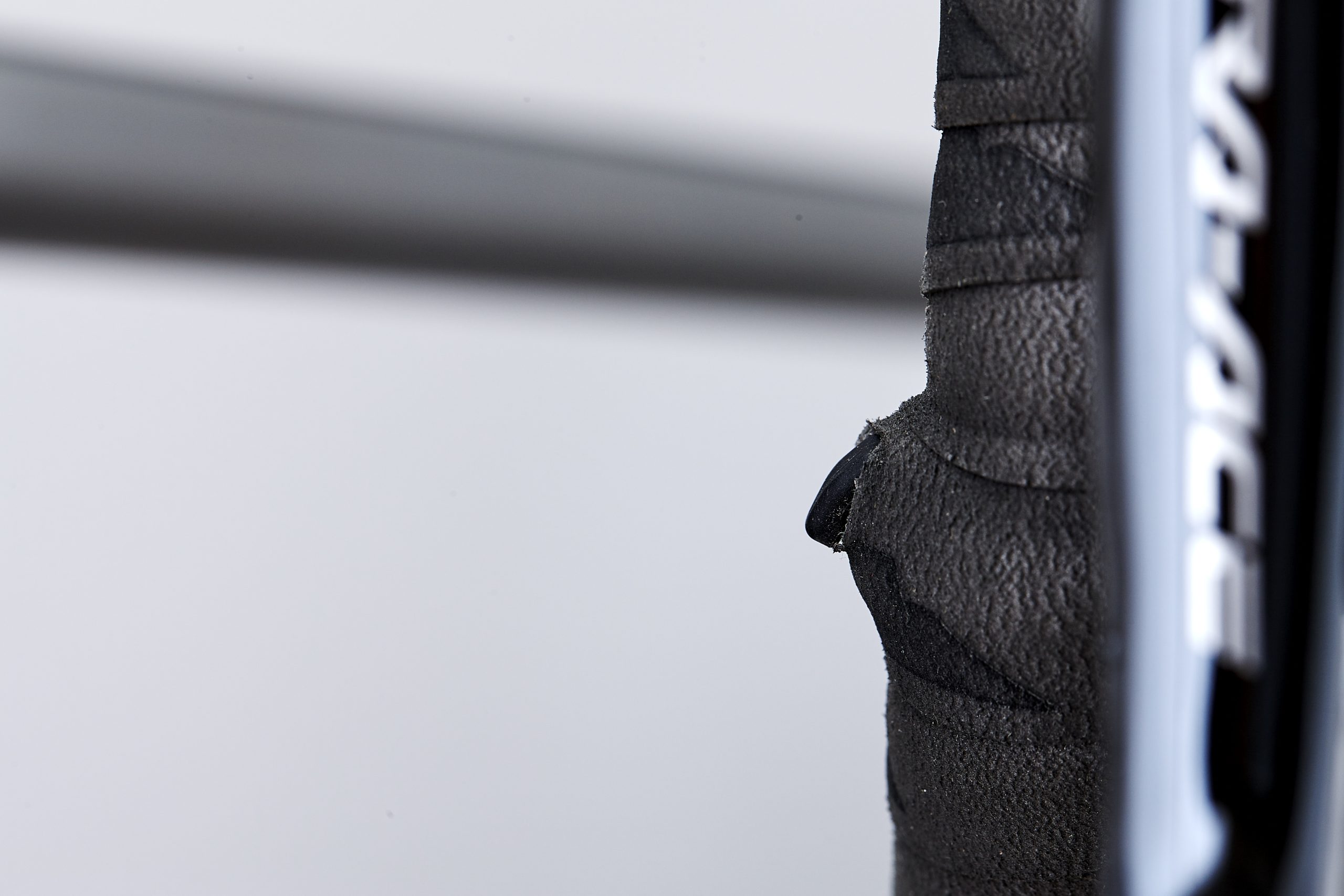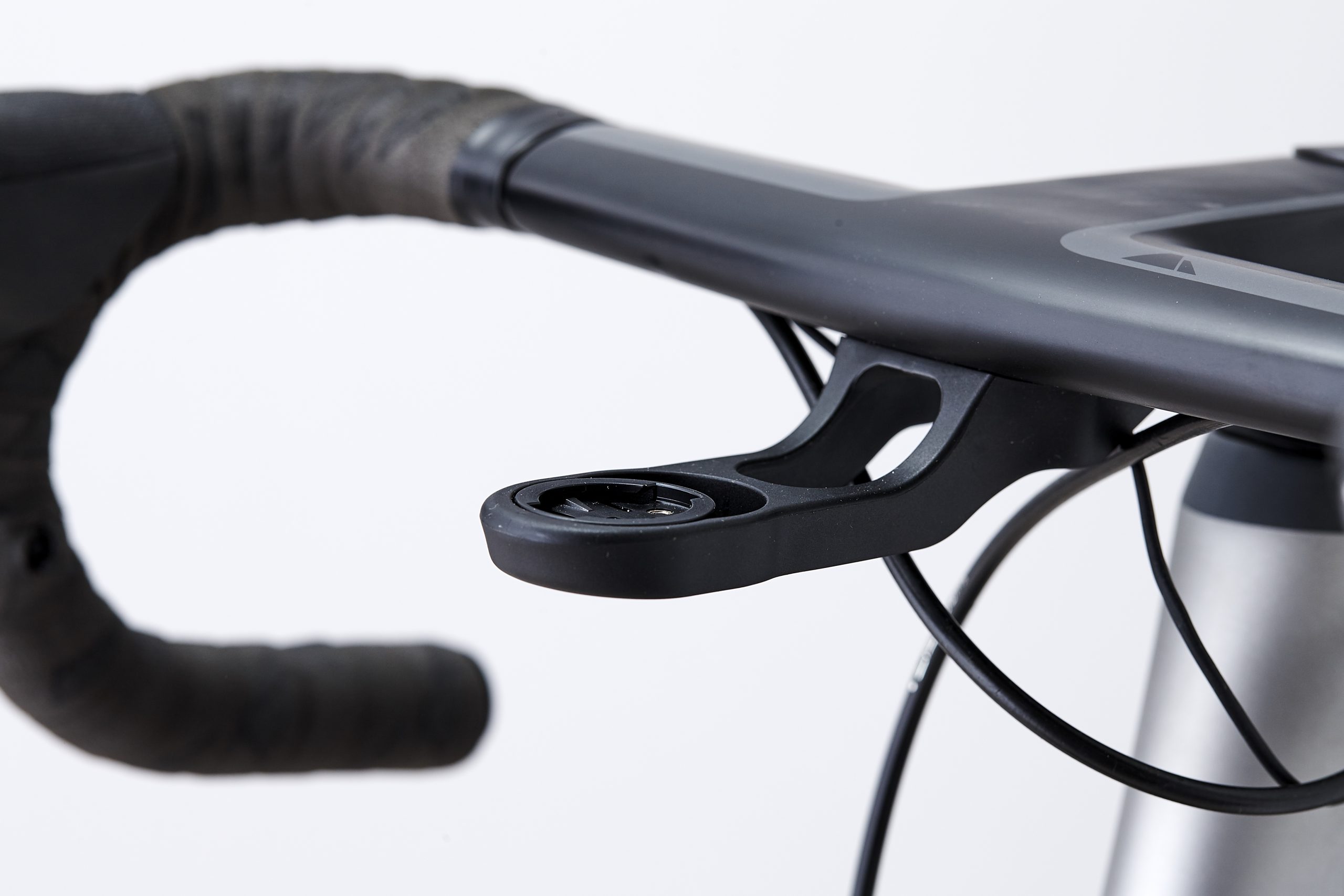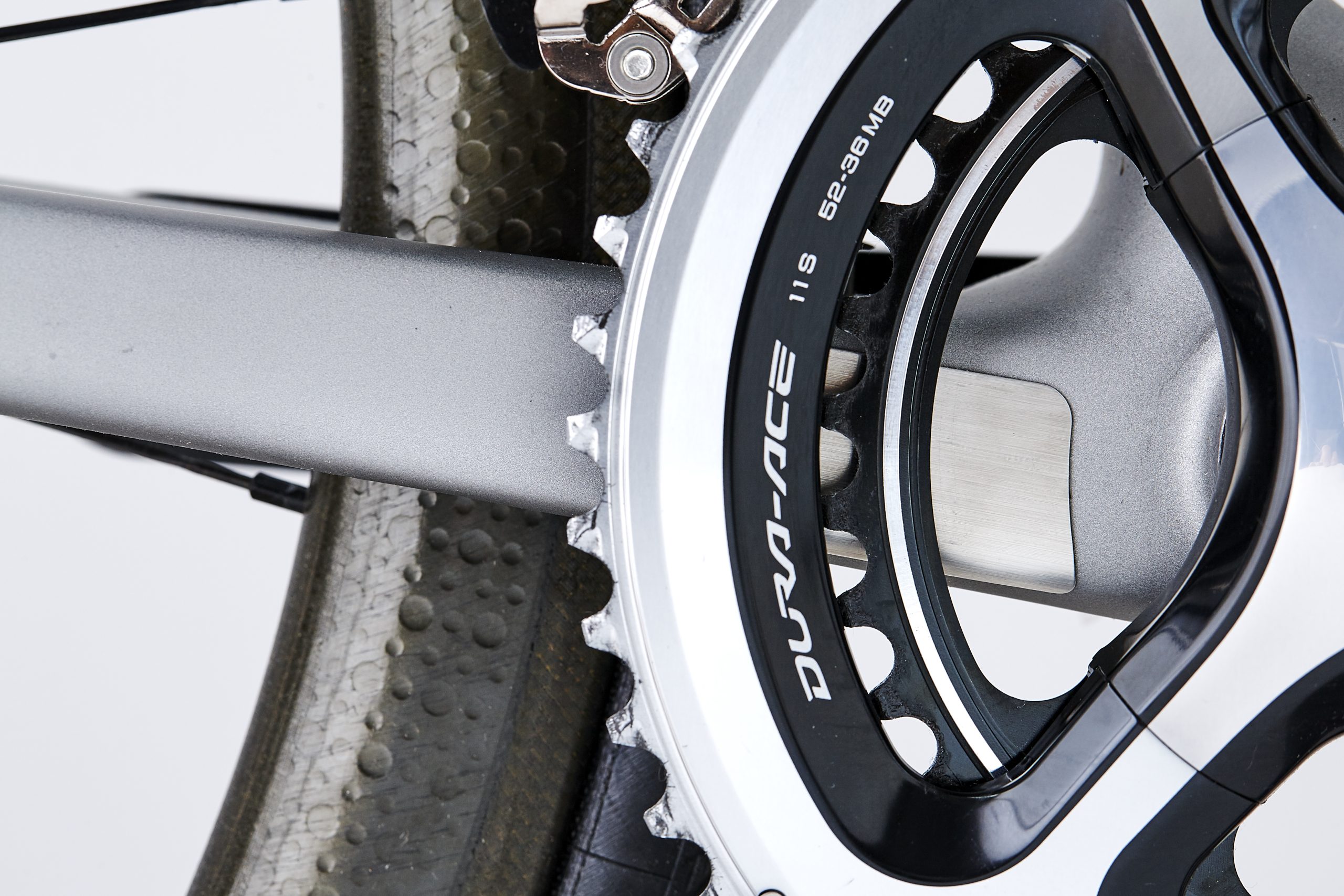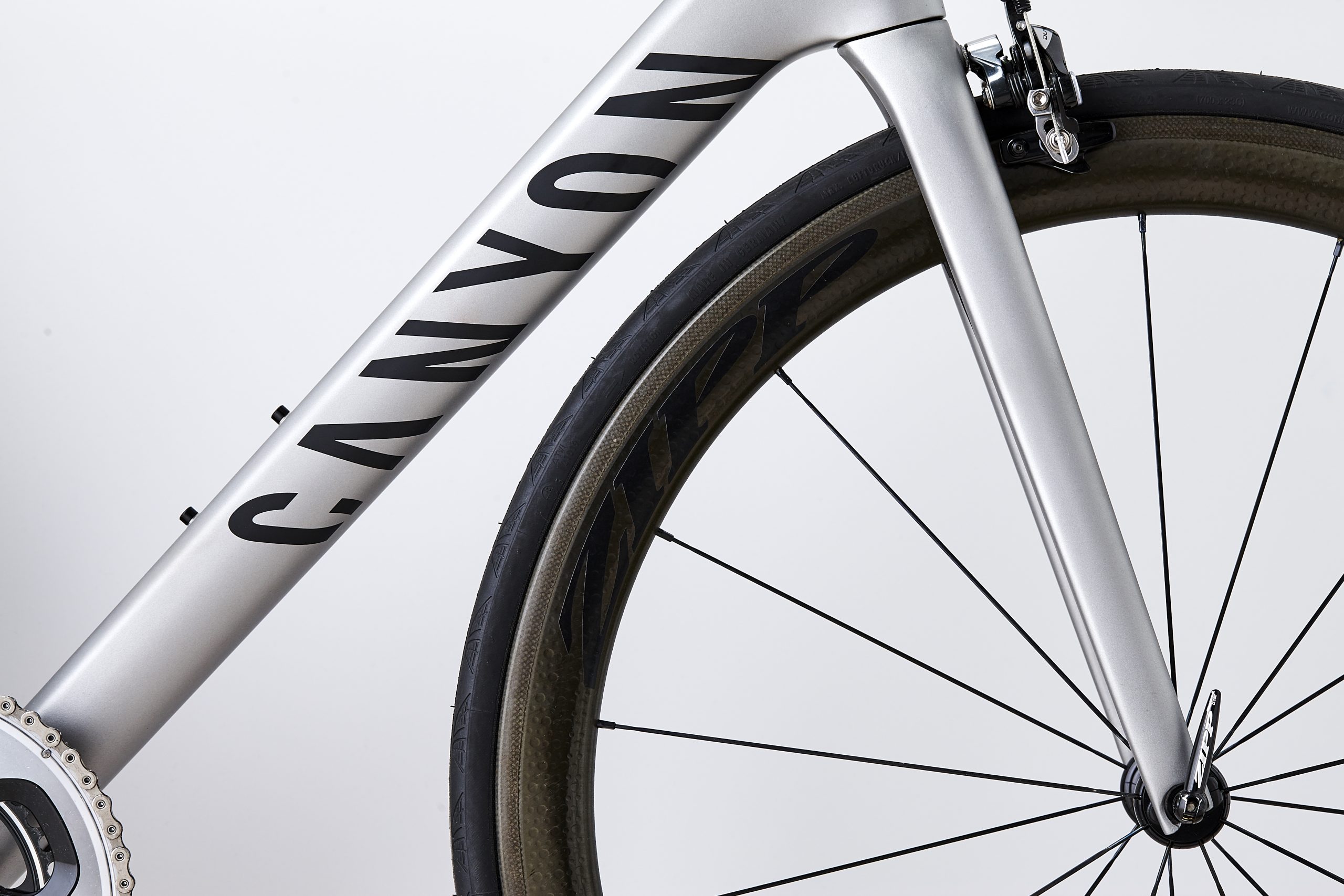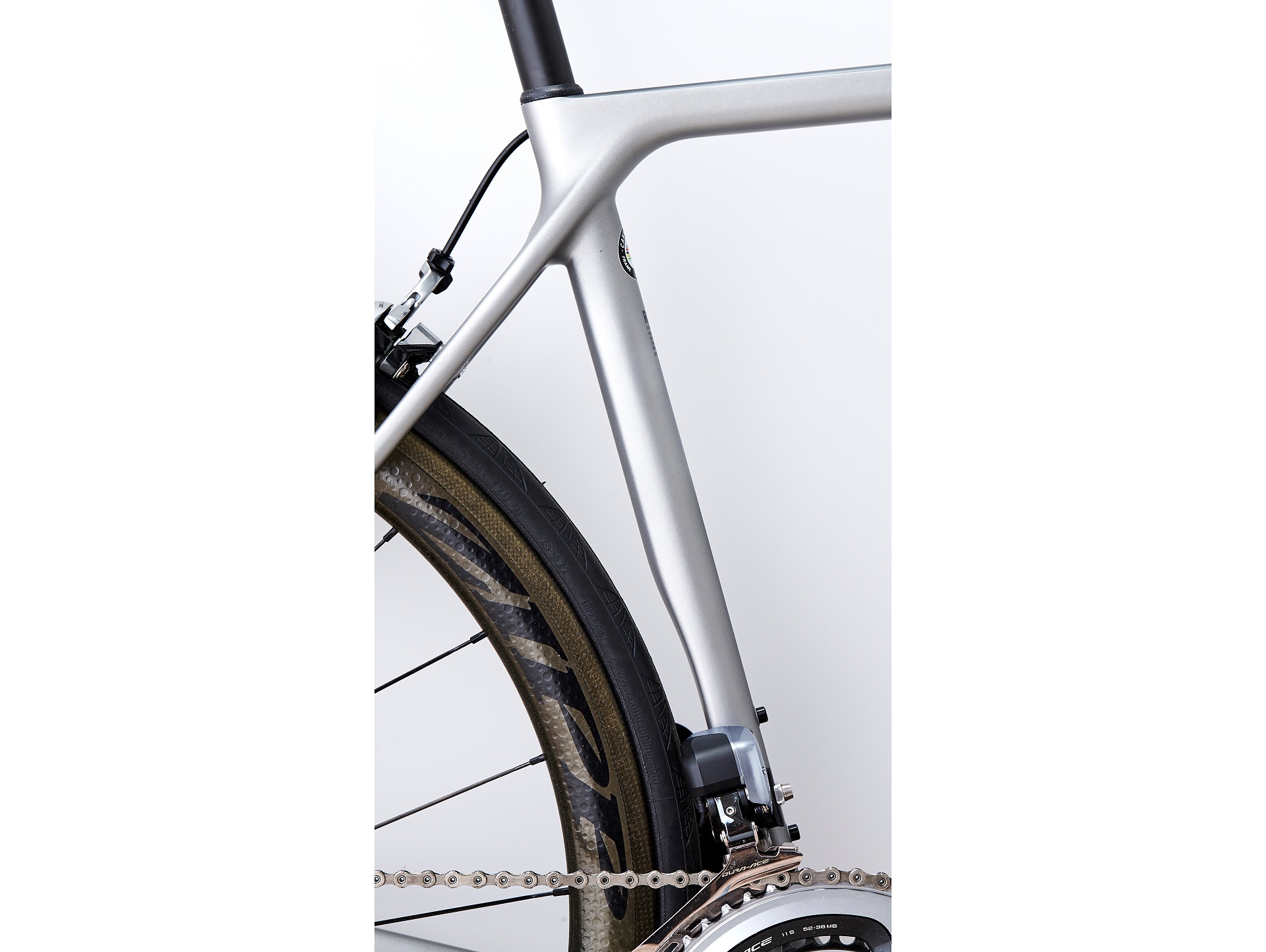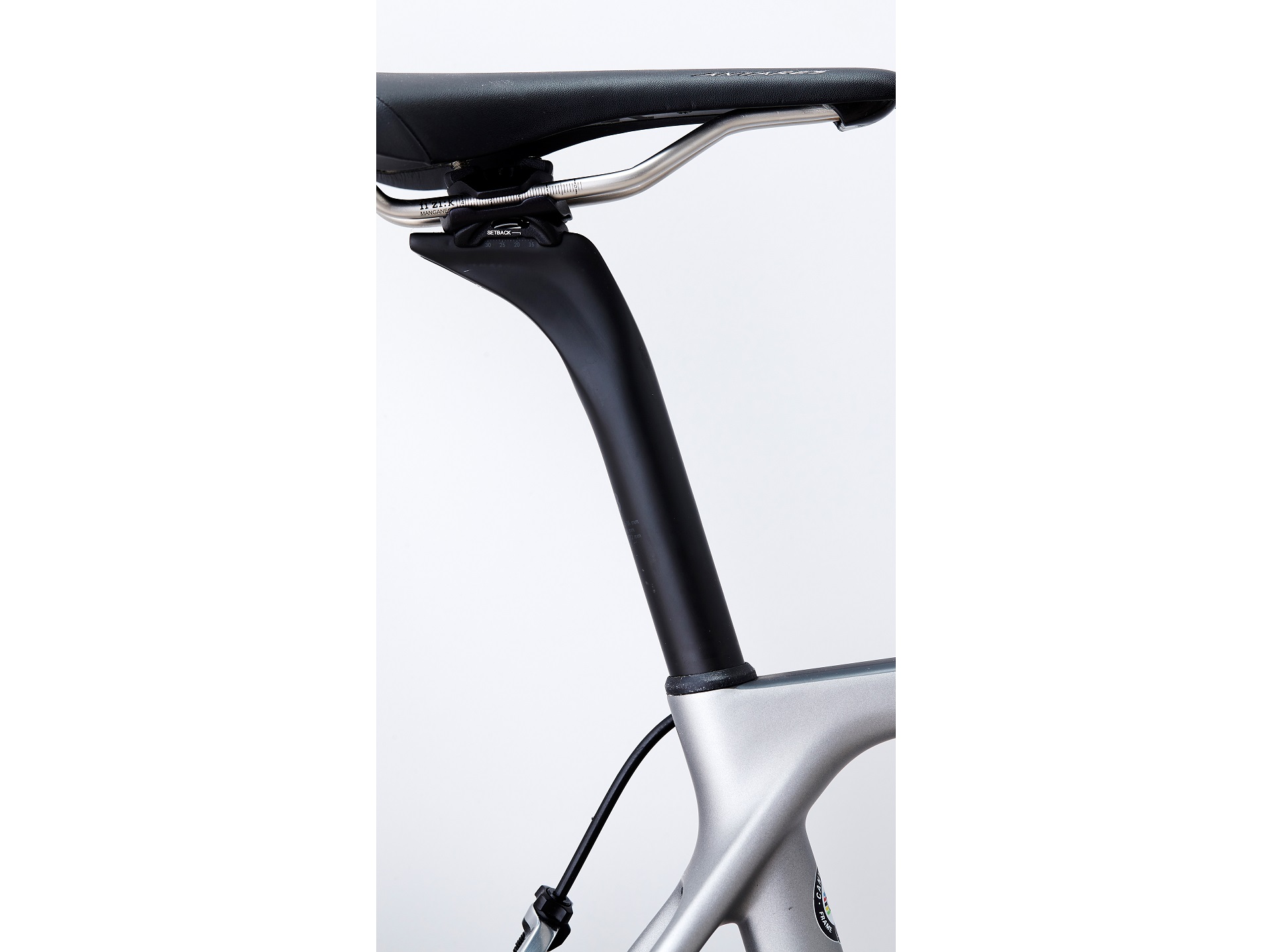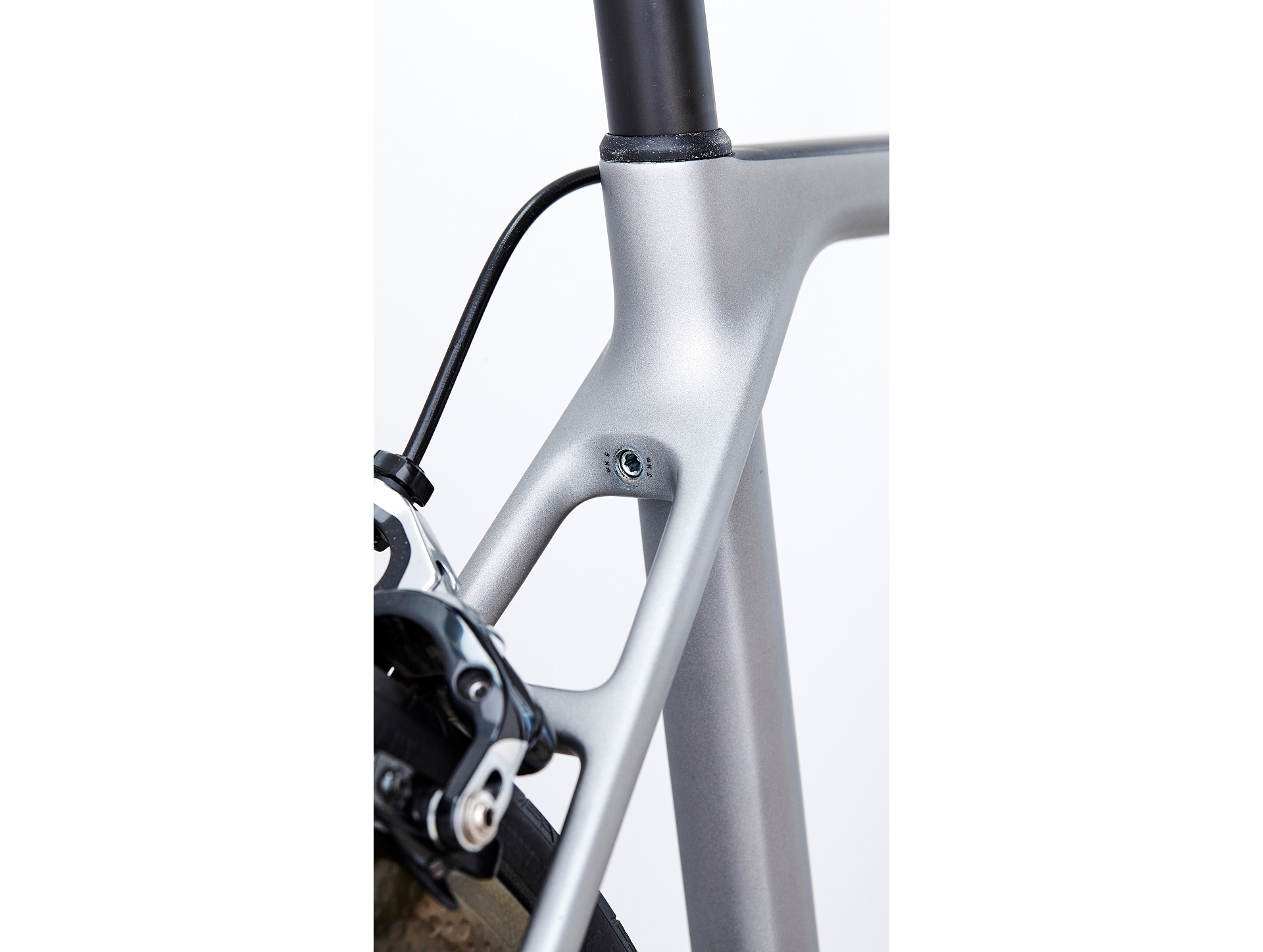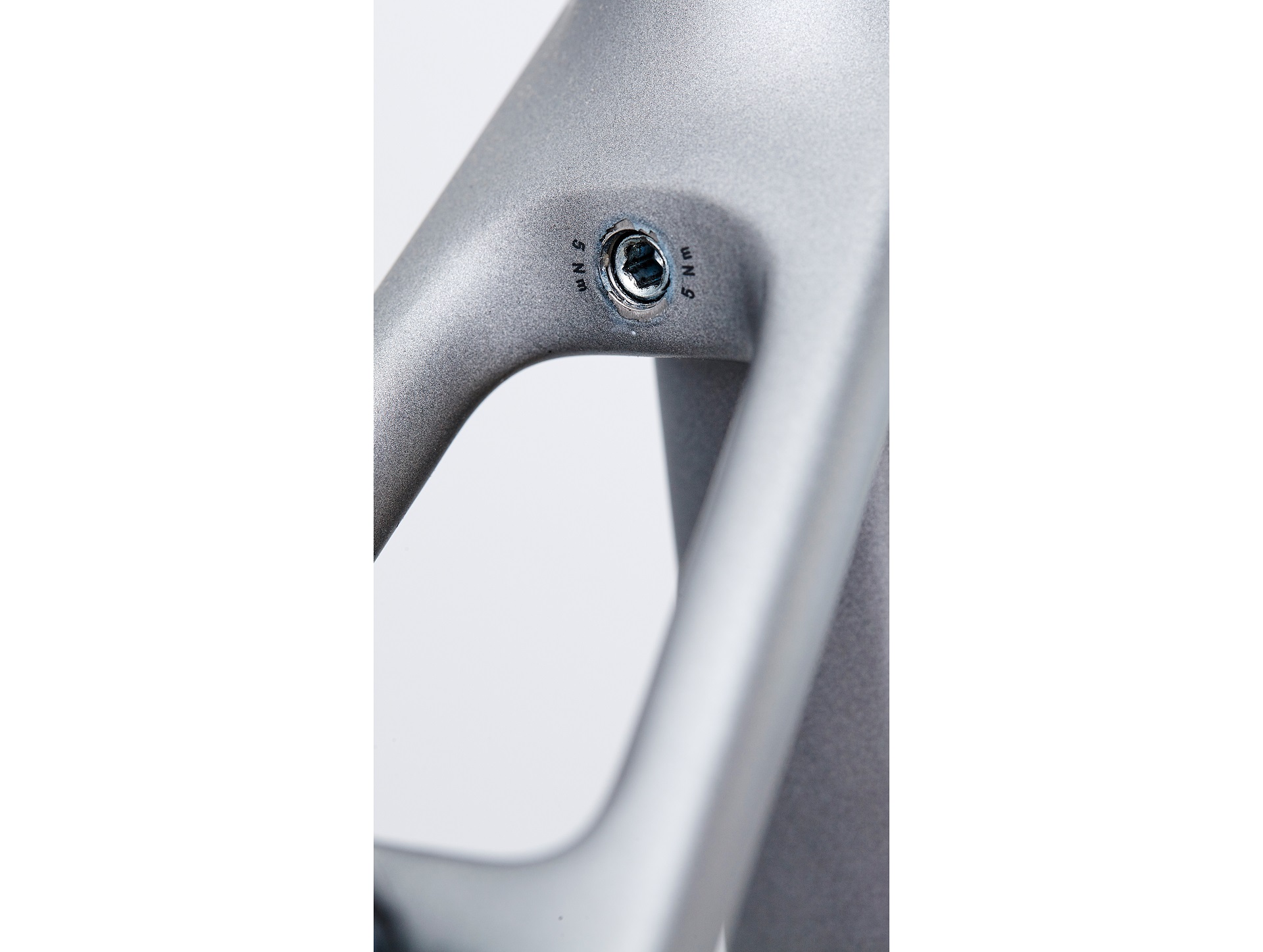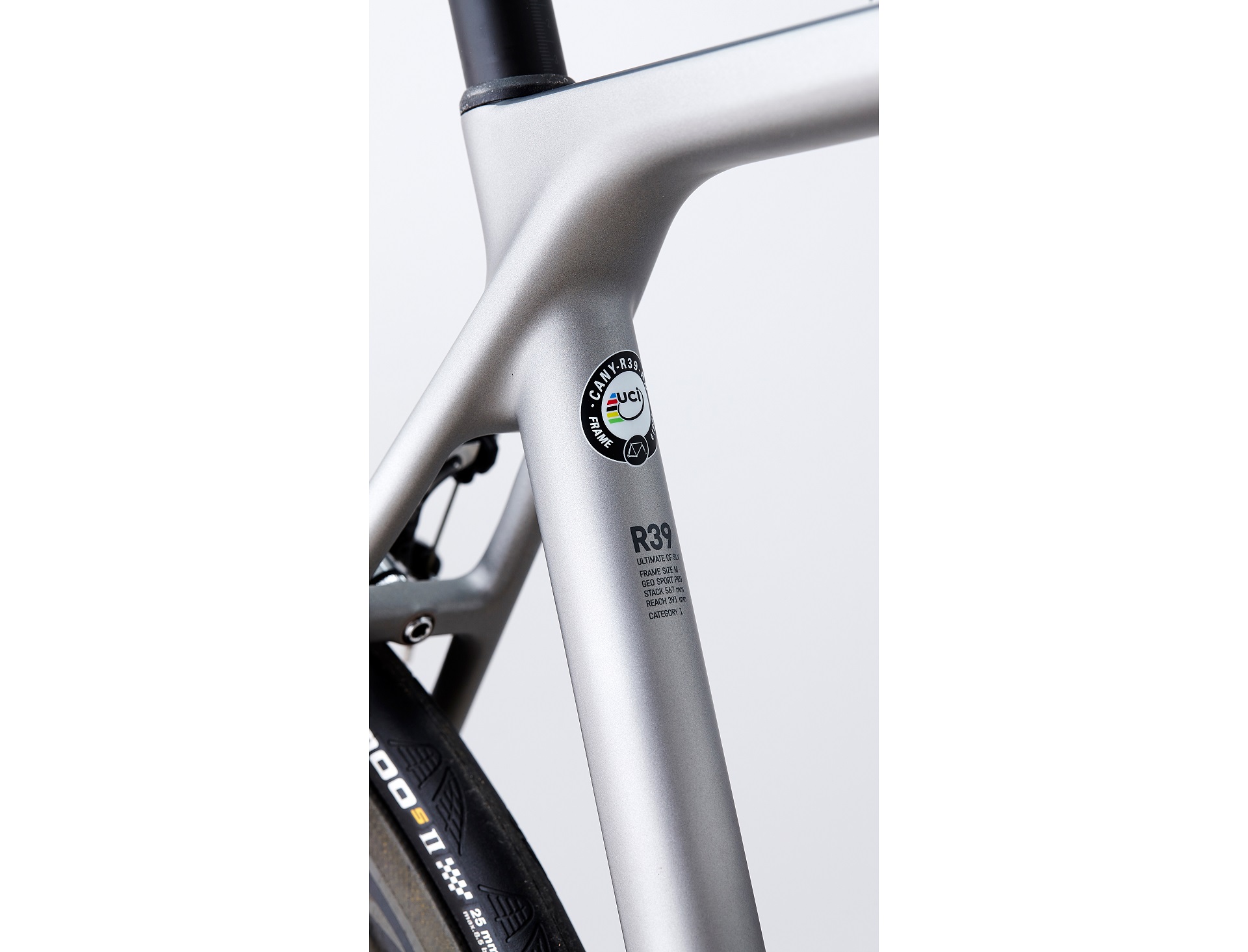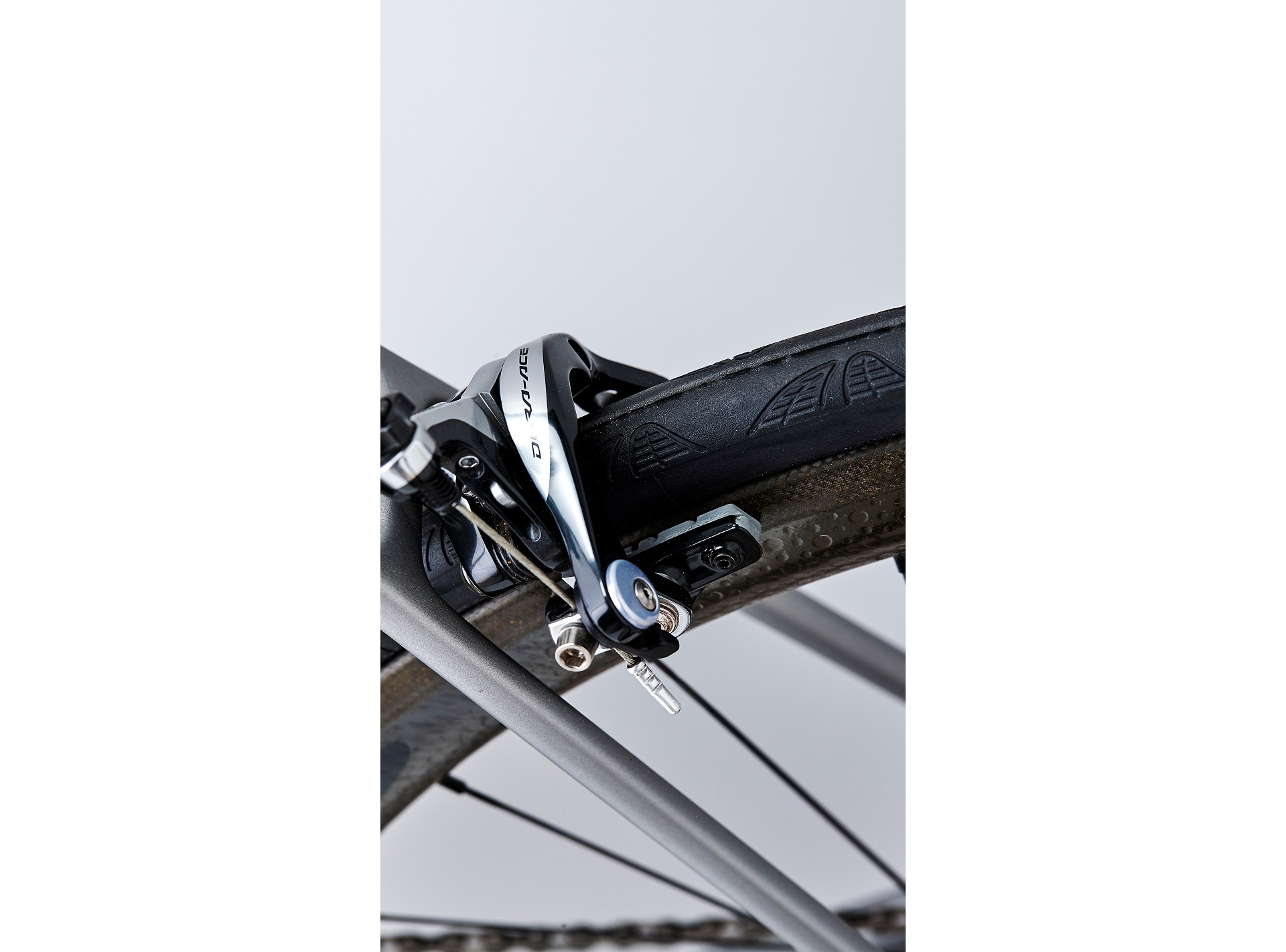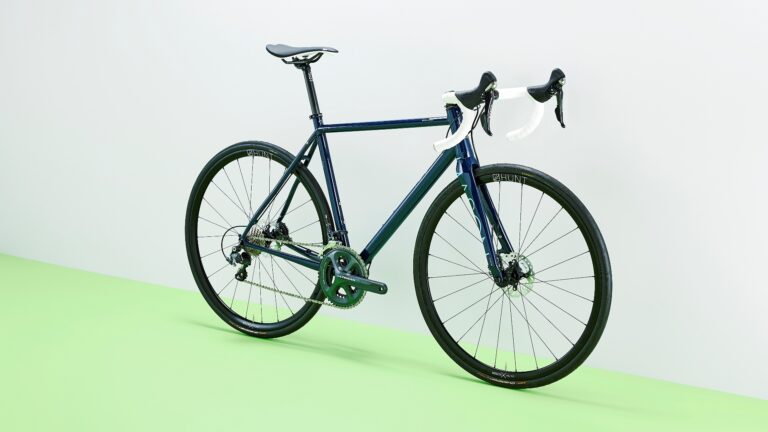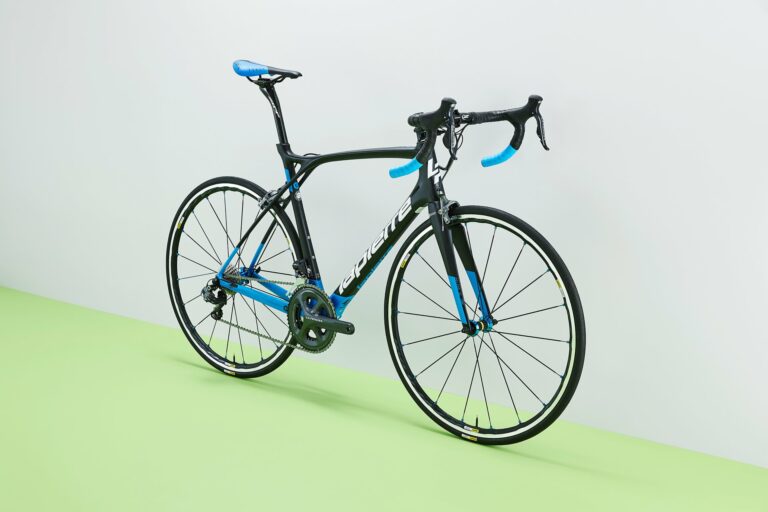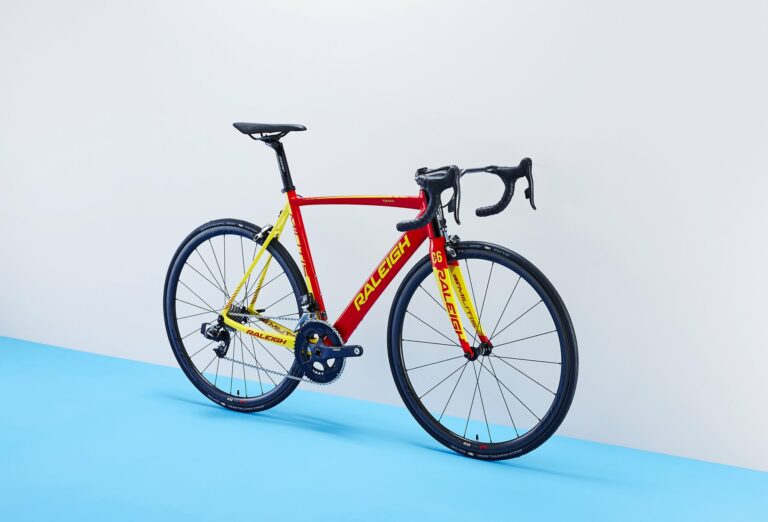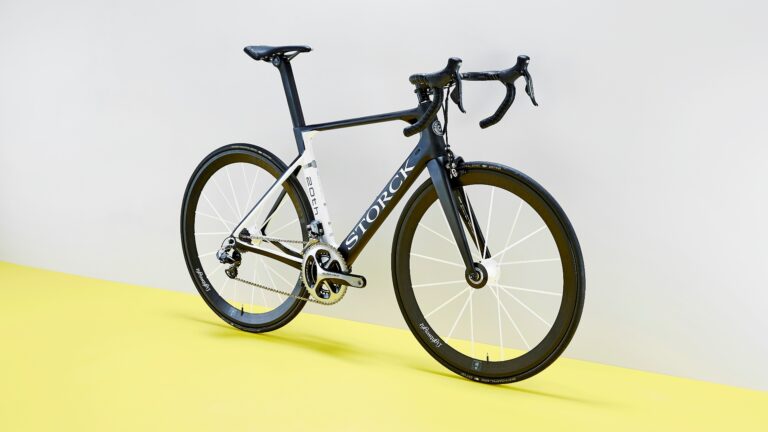The previous version of the Canyon Ultimate CF SLX was one of our favourite bikes. Incredibly light with an urgency and directness to it when you turn up the heat on the pedals, and with lightning fast and accurate handling.
It was our bike of the year in 2013 and so the German firm’s engineers had a job on their hands when designing its successor.
With a frame weight of 790g, could they make it even lighter? Perhaps – there are certainly lighter frames out there – but not without unduly sacrificing stiffness-to-weight ratio, apparently.
The previous Canyon Ultimate CF SLX was our bike of the year in 2013 and so the German firm’s engineers had a job on their hands when designing its successor.
Weight, after all, is only one half of the equation and ensuring a featherweight frame remains stiff enough to handle the power output of a WorldTour pro, with Katusha and Movistar sponsored by Canyon, is no mean feat.
As it turns out, the 2016 Ultimate is lighter than its predecessor – but only by 10g. Instead, Canyon have focused on improving the frame’s aerodynamic performance and comfort.
This isn’t an all-out aero road bike – that status is reserved for the Aeroad, launched in 2014 and ridden to victory by Alexander Kristoff at the Tour of Flanders – but Canyon have applied some of what they learned in the development of the Aeroad, and before that the Speedmax time trial bike, and applied it to the Ultimate in a series of truncated airfoil tube profiles.
Selected models of the 2016 Ultimate CF SLX also come with Canyon’s Aerocockpit one-piece handlebar and stem, aerodynamically profiled and built to hide the majority of cables. The integrated Garmin mount on our machine is available as an upgrade and is another smart touch, as it’s otherwise tricky to mount a computer on a proprietary stem like this.
Other small, well thought out features across the bike include a splash guard where the front derailleur cable exits, to stop debris collecting and help maintain smooth shifting, and bespoke cable stops to ensure the cables have the straightest possible path through the frame.
